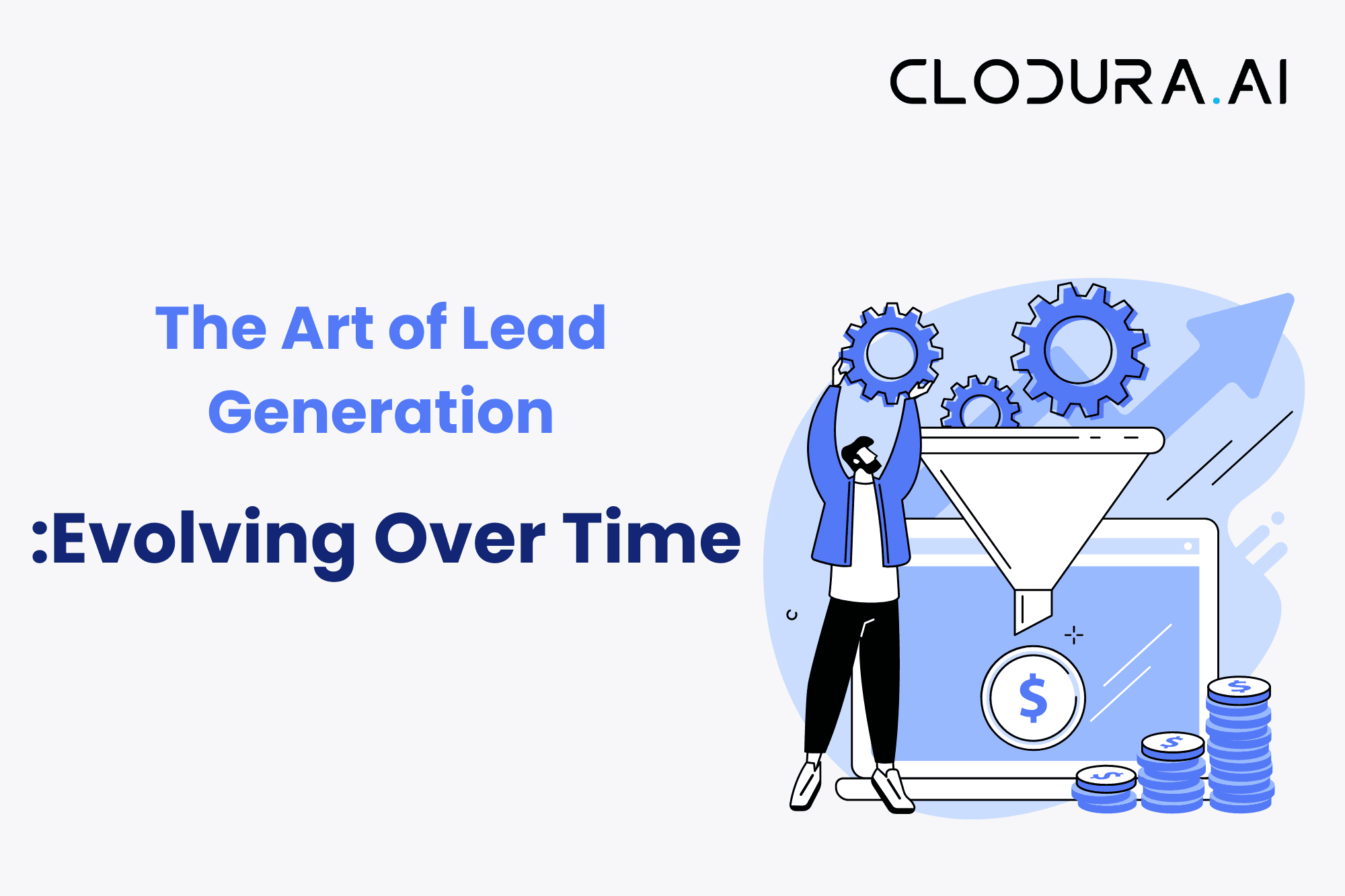“To build a long-term, successful enterprise, when you don’t close a sale, open a relationship.”
~ Patricia Fripp
Lead generation, in its entirety, is a form of art. Especially in our modern digital marketplace of unfathomable interconnectivity, lead generation is much more than simply attracting potential prospects. It is the artfulness of nurturing relationships and opening doorways for long-term business opportunities.
As times have progressed, the skills behind this art form have also undergone notable changes. Approaching potential customers and preaching about your product will only get you so far; modern lead generation now requires a diverse range of skills. Competency in content creation, aptitude in writing compelling blogs, and mastery of social media advertising are just a few of the new-generation talents necessary for the art of lead generation.
So, why has lead generation gone through so many drastic changes? Does the purpose behind lead generation still remain the same? These are just a few of the questions we’ll be answering in this article.
Looking Back: The History of Lead Generation
Back in the 1950s, over half a century ago, lead generation was a door-to-door process. Sales executives of the time would visit homes talking about their exceptional products, persuading potential customers into making a purchase. Following up on potential prospects or nurturing customer relationships used to be practically impossible due to a fundamental lack of communication channels and devices. Customers of that age were massively unaware of the products they were buying due to a blatant lack of information, making the task of persuasion to secure a sale much easier.
Then in the 1980s, with the advent of telemarketing and the widespread commercialization of telephones, following up on potential prospects and nurturing leads became a much more realistic possibility. Sales executives could now reach buyers over telephones, without having to sweat over traveling door-to-door.
As the years rolled on and technological advancements exponentially grew into every aspect of our lives, telemarketing was promptly replaced by social media and digital marketing strategies. With the internet becoming increasingly prevalent, a new digital age of lead generation was ushered in.
The Age of Digital Customers
In recent years, lead generation and sales have become centered around strategies targeting digital customers, and quite rightly so. According to a recent study by McKinsey, more than three-quarters of buyers say they now prefer digital self-serve and remote human engagement over face-to-face interactions. Hence, even the enterprises operating in sectors such as pharma and healthcare, where field sales models have traditionally dominated, have rapidly accelerated their digital lead generation and sales initiatives.
Social media channels have come into prominence for lead generation due to their widespread use. In the words of Wayne Davis, “The lead generation process starts by finding out where your target market ‘lives’ on the web.” By discovering the online presence of your target audience, you can advertise your products, publish well-crafted content, and build your lead generation strategy effectively to reach those most interested in your products or services.
Focusing on Customer Experience
The modern digital marketplace is littered with competition. With physical brick-and-mortar industries losing relevance in a highly digital environment, enterprises no longer require massive capital to function, resulting in a much greater number of companies altogether. In order to survive during this highly competitive era, providing exceptional customer experience has emerged as an essential quality for modern businesses.
With an abundance of information readily available for potential customers to make informed decisions, nurturing customer relationships and enhancing customer experiences have become exceedingly pivotal for success. Gone are the days of unaware prospects; now, every customer you encounter will have access to a plethora of sites, reviews, and prices to make a well-informed purchase.
The purpose of lead generation has remained the same over the decades: to secure sales and increase business revenue. However, strategies built around securing customers have gone through immense changes. Nowadays, lead generation strategies do not just involve persuasive conversations, they need to embrace digital marketing strategies and content creation initiatives. By putting out curated articles and videos, not only do you ensure a wider reach and readily available information about your company, your process of customer acquisition and nurturing a long-term relationship are already underway.

